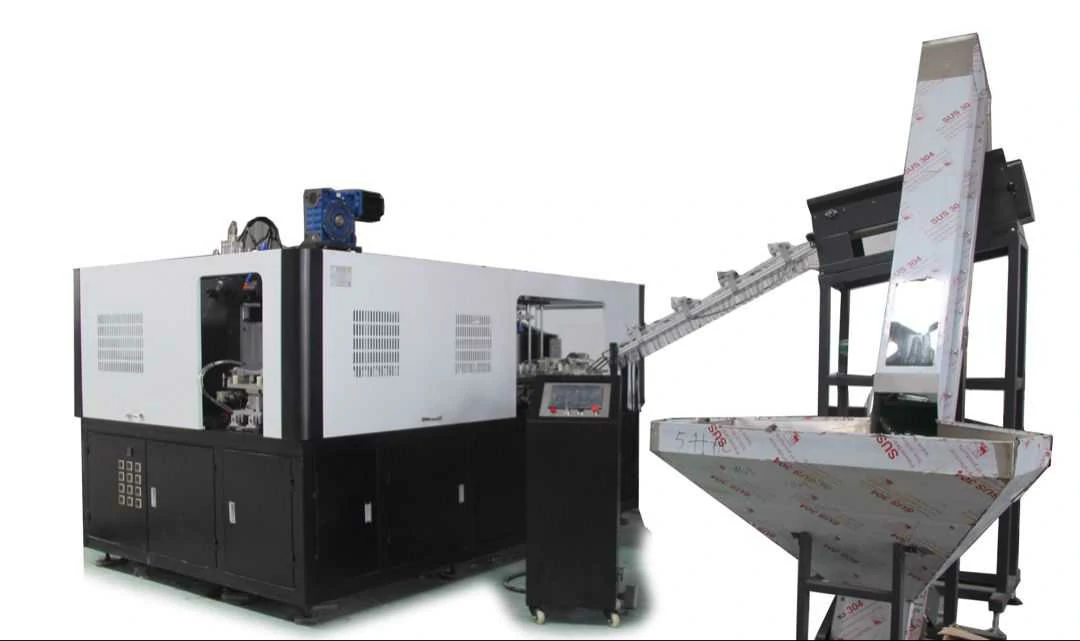Stretch Blow Molding is a widely used manufacturing process for the production of plastic bottles and containers. It involves the use of thermoplastic materials that are heated and then stretched to create the desired shape. Over the years, there have been several innovations in this field that have revolutionized the stretch blow molding industry. In this article, we will explore some of these innovations and their impact on the industry.
One of the major innovations in stretch blow molding is the development of multi-layered bottles. Traditional stretch blow molding produces single-layer bottles, but with advancements in technology, manufacturers are now able to produce bottles with multiple layers. These multi-layer bottles offer several advantages such as improved barrier properties, enhanced shelf life of the packaged products, and increased resistance to temperature and pressure variations. This innovation has opened up new possibilities for packaging sensitive products such as beverages, pharmaceuticals, and chemicals.
Another significant innovation in stretch blow molding is the introduction of lightweighting techniques. With growing concerns about environmental sustainability and the need to reduce material consumption, manufacturers have been focusing on developing lighter bottles without compromising their strength and durability. By optimizing the design and using advanced materials, it is now possible to produce bottles that are up to 50% lighter than traditional ones. This not only reduces the amount of plastic used but also results in significant energy savings during transportation and reduces carbon emissions.
Automation and robotics have also played a crucial role in advancing stretch blow molding technology. Automated systems have made the manufacturing process faster, more precise, and less labor-intensive. Robots can perform tasks such as preform handling, bottle inspection, and quality control with high speed and accuracy. This not only improves productivity but also reduces the risk of human errors. Additionally, automation allows for better process control and monitoring, leading to improved product consistency and overall efficiency.
The integration of Industry 4.0 technologies in stretch blow molding has further enhanced its capabilities. With the use of sensors, data analytics, and connectivity, manufacturers can now collect real-time data from the production line and make informed decisions for process optimization. This enables proactive maintenance, reduces downtime, and improves overall equipment effectiveness. Furthermore, the implementation of digital twins and virtual reality simulations allows for virtual testing and optimization of the stretch blow molding process, resulting in reduced development time and costs.
Advanced mold technologies have also contributed to the innovations in stretch blow molding. Manufacturers are now using computer-aided design and manufacturing (CAD/CAM) software to create complex mold designs that were not possible before. Injection-compression molding, for example, allows for the production of bottles with intricate shapes and features. Additionally, the use of 3D printing technology has revolutionized the mold-making process by reducing lead times and costs. These advancements in mold technologies have opened up new design possibilities, enabling the production of customized and unique bottle shapes.

Furthermore, sustainability has been a key focus in the stretch blow molding industry, leading to the development of eco-friendly materials and processes. Bio-based plastics, made from renewable resources such as corn or sugarcane, are being used as alternatives to traditional petroleum-based plastics. These bio-based materials have a lower carbon footprint and can be recycled or composted at the end of their life cycle. Additionally, manufacturers are implementing energy-efficient systems and recycling programs to reduce waste and conserve resources.
In conclusion, Innovations in stretch blow molding have revolutionized the industry, offering improved product performance, reduced environmental impact, and increased manufacturing efficiency. The development of multi-layer bottles, lightweighting techniques, automation, and robotics, integration of Industry 4.0 technologies, advanced mold technologies, and sustainability initiatives have all contributed to the advancement of this manufacturing process. As technology continues to evolve, we can expect further innovations in stretch blow molding that will shape the future of plastic bottle production.
https://inorthshore.com/
